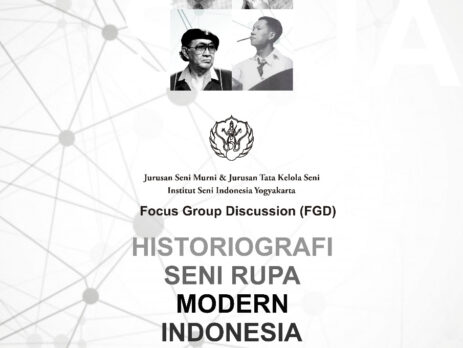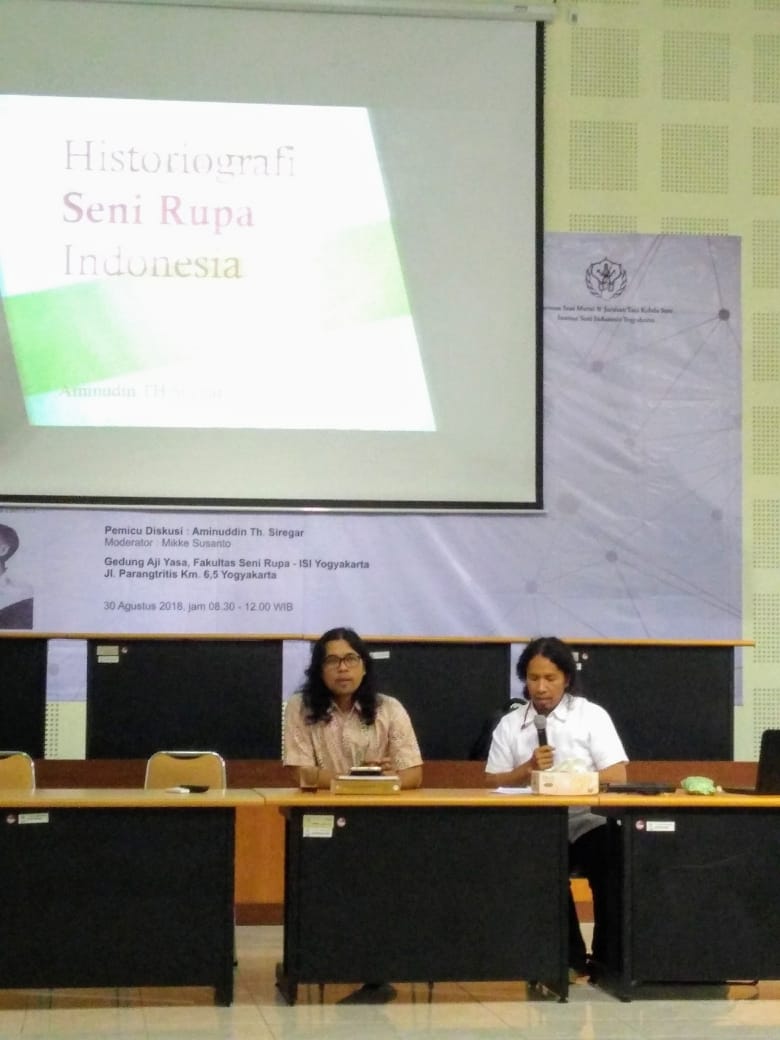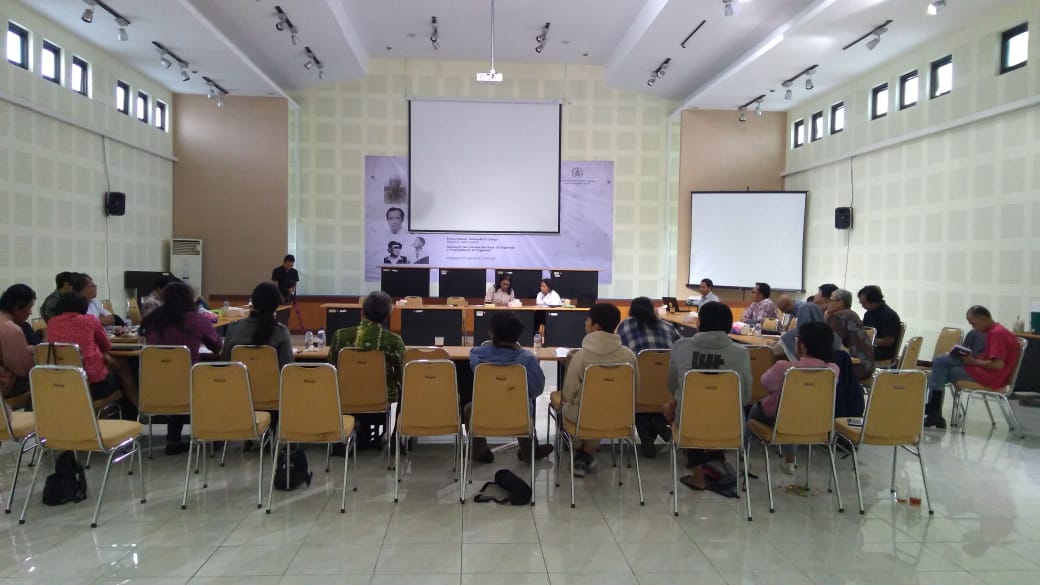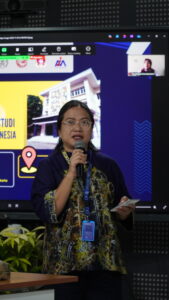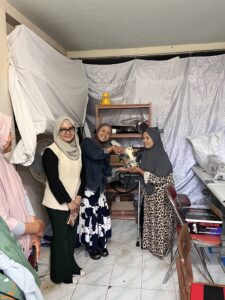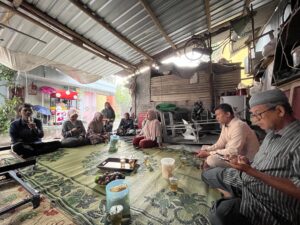On August 30, 2018, at 08.30-12.00 WIB in Sasana Ajiyasa Building, Faculty of Fine Arts, a Focus Group Discussion (FGD) was held. This activity is an activity regarding the histography of modern Indonesian art held in order to provide new references in historical developments and aims to increase the potential of historians in contributing to the future in Indonesia. This activity was attended by experts and lovers of Fine Arts history throughout Indonesia from various circles. The trigger for the discussion was Aminuddin th. Siregar and Moderator Mikke Susanto, S.Sn., M.A.. This activity was organized by the Department of Fine Arts & Department of Art Management, FSR ISI Yogyakarta.
The history of Indonesian art has become a serious study today. Art writers from time to time never tire of narrating modern Indonesian art. Since the establishment of the Indonesian Academy of Fine Arts (ASRI), there have been a number of art historians such as Kusnadi, Sudarmadji, Soedarso Sp., Bambang Bujono, to new names who are now active as writers and curators. Not to mention historians from other universities, both at home and abroad. All of them have made important contributions, although they still need to be reviewed continuously, in accordance with the findings of new data and archives.
The study of art history is actually very broad. When viewed from a chronological aspect, the scope ranges from prehistoric to traditional art, which developed from ancient to classical times. This is followed by the history of modern art that developed in the 19th century until the 1980s. Afterwards, the development of contemporary art gained a place in the more recent era that has developed until today. This means that the scope of time in the study of art history is very long.
Historiography as one of the developing sciences in the field of history is now also experiencing developments that are no less interesting. The writing of history in various fields such as social, political, scientific, and cultural causes the science of historical writing to gain an important place and offer interesting studies. The same applies to the historiography of Indonesian modern art, which is believed to be able to show its function for history and national identity in Indonesia. Therefore, it is necessary to hold a forum for historiography studies in the field of fine arts as often and as well as possible.
The efforts made by the Department of Fine Arts and Art Management FSR ISI Yogyakarta certainly need to be specially appreciated. Because on record, academic forums in the form of modern art history seminars have not been held for a long time. It was recorded in 1957 that an art history seminar was held at Gadjah Mada University (UGM). The rest after the academic study that was born was more on small sporadic discussions and the publication of modern art history books, both written by Indonesian writers and Indonesianists in the field of art history. Therefore, the results of this FGD need to be followed up maximally and comprehensively by Indonesian art thinkers.
This time, the Historiography of Indonesian Modern Art FGD wants to conduct a critical study on the narration of Indonesian modern art, which is still considered to have many problems. The striking thing among these problems is the problem of space and time classification system (periodization).
According to Aminuddin Th. Siregar, in terms of periodization, in general, writers of art history, for example, are stuck using the following flow of consecutive periods: Raden Saleh - Mooi Indie - Persagi - Japanese Era - Revolutionary Era - Sanggar/Academic Period - GSRB - Contemporary Art. The study to be discussed is to criticize the classification system by proposing the use of foreign sources and combining them with national sources. This, in turn, offers a new critical perspective in assessing the construction of Indonesian art history that has been recognized as the truth today.
Hopefully, this FGD can trigger the birth of a new dimension or a more methodological and convincing historical academic paper, including being better with the discovery of new archives and data. With quality results, it is hoped that it will be able to contribute to art history teaching materials, both at the high school and university levels. Furthermore, hopefully it will also trigger the presence of art history majors in universities such as ISI Yogyakarta.


